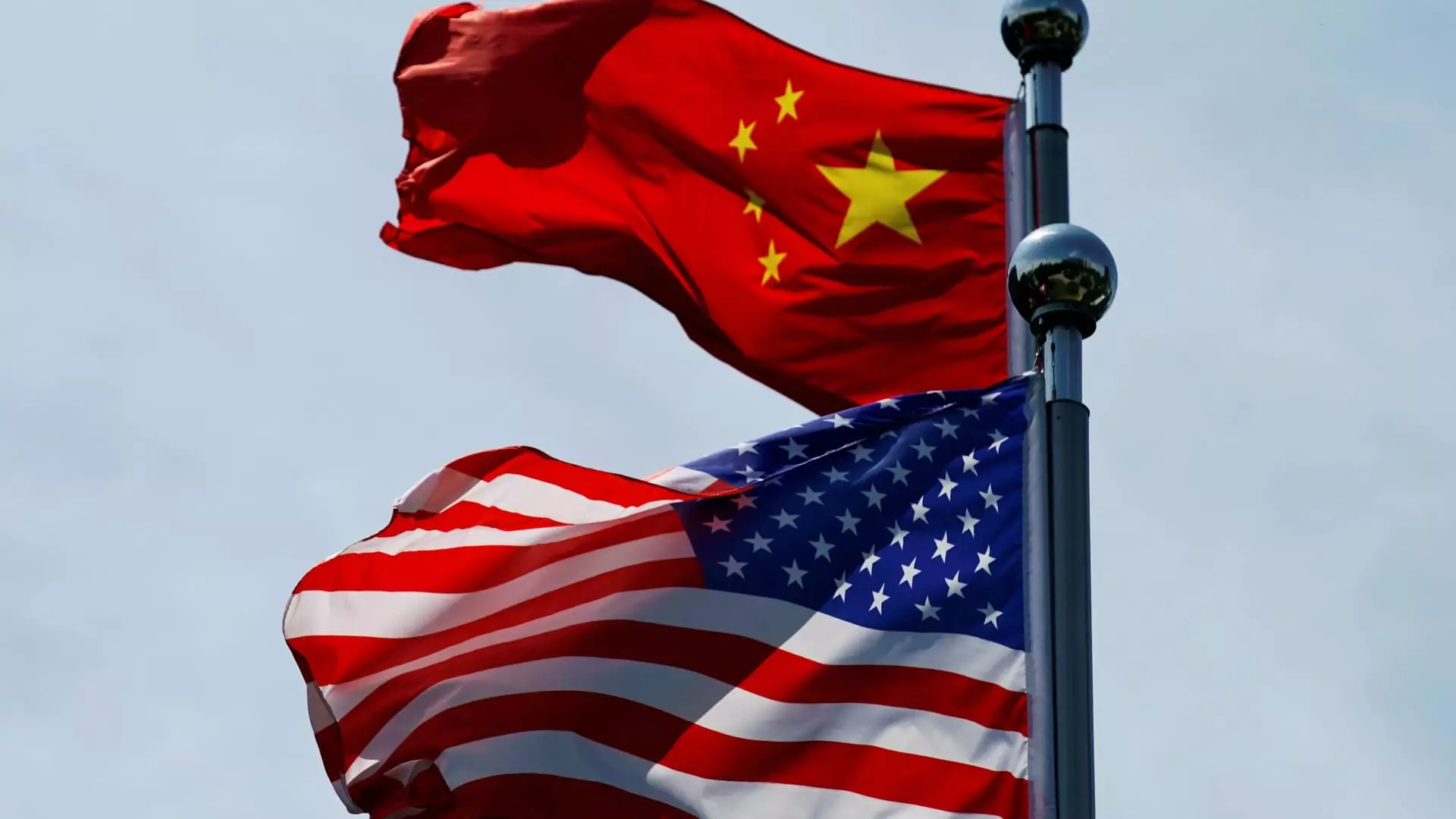In a bold move that signals a significant shift in U.S. trade policy, President-elect Donald Trump has announced plans to implement additional tariffs on Chinese imports upon taking office. Through a post on his Truth Social platform, Trump revealed his intention to raise tariffs by 10% across the board on all goods originating from China, effectively raising tensions in U.S.-China relations just as he prepares to assume the presidency on January 20. This announcement comes on the heels of an earlier statement wherein Trump indicated his intent to impose a hefty 25% tariff on all products from Mexico and Canada, calling into question the viability of established regional trade agreements.
Trump’s rationale behind these tariffs primarily revolves around issues of illegal immigration and the drug trade, citing a need for improved security and economic stability. He stated, “Drugs are pouring into our Country, mostly through Mexico, at levels never seen before,” highlighting the influence of narcotics, particularly Fentanyl, on the ongoing opioid crisis in the United States. His belief is that by imposing these tariffs, he can incentivize both China and Mexico to take more aggressive measures in curtailing the narcotics trade that adversely affects American communities.
The implications of Trump’s tariff plans extend beyond immediate political posturing, as evidenced by market reactions following his announcements. Kinger Lau, a chief equity strategist for Goldman Sachs, commented that a proposed 10% tariff is surprisingly lower than the 20% to 30% tariffs that markets had braced for. This was indicative of the uncertainty surrounding his administration’s trade policy and the degree to which it may impact global markets. Analysts are now speculating that China may respond to the increased duties by introducing monetary measures such as cutting rates and enhancing fiscal stimulus, while also managing the depreciation of its currency to offset some economic fallout.
The U.S. has historically maintained a complex trade relationship with China, and the introduction of such tariffs raises questions about reciprocal actions from Beijing. Andy Rothman, an investment strategist at Matthews Asia, noted that historically, China’s governmental response to U.S. tariffs has been measured rather than aggressive. Thus, it remains to be seen how China will react in the short term, though the underlying tensions have been significantly escalated.
As Trump’s administration readies itself to engage in confrontational trade negotiations, it is essential to consider how these tariffs will reshape international relations not only with China but also with Canada and Mexico. These nations are essential trading partners, with Mexico being the largest of the trio as per recent U.S. data. A steep imposition of tariffs could disrupt established supply chains and trade flows that have sustained economic growth across all three countries.
The ramifications of such unilateral trade policies could provoke a chain reaction across global markets. As the U.S. dollar strengthens against not just the Mexican peso but also the Canadian dollar and the Chinese yuan, it may hinder the competitiveness of American products abroad. In a globalized economy, markets and industries are interconnected in ways that, when disrupted, can lead to unforeseen consequences.
Looking ahead, the upcoming inauguration period presents an opportunity for Trump to reconsider the extensive use of tariffs as a means of addressing trade concerns. As tensions simmer, pursuing strategic diplomatic outreach could yield more robust and sustainable solutions to the issues surrounding drug trafficking and trade imbalances. Collaborations that promote mutual benefit rather than confrontation may provide lasting resolutions.
While Trump’s proposed tariffs signify an assertive approach to addressing pressing domestic issues, the broader economic implications and potential for international fallout cannot be overlooked. As the global economy braves the storm of emerging trade policies, stakeholders across the spectrum will need to adapt and strategize thoughtfully to navigate these evolving dynamics. Ultimately, the focus should shift towards fostering dialogue and cooperation rather than merely clashing in a cycle of retaliatory tariffs.

